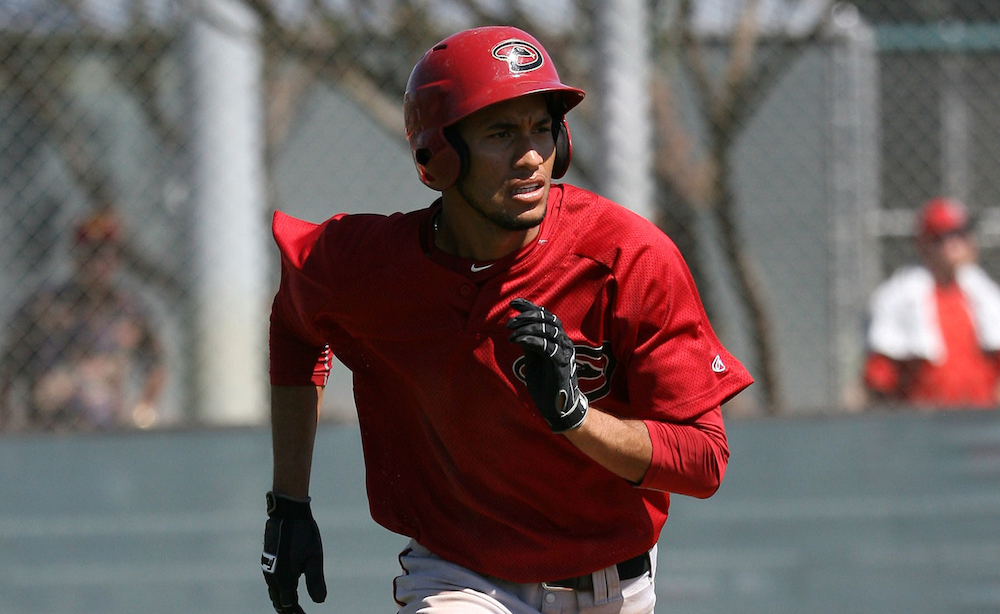Feature Photo: Victor Reyes, OF, Tigers
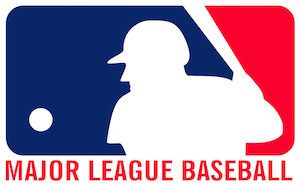 The annual Major League Baseball, Rule 5 Draft (NOT Rule V, never Rule V) is one of the most anticipated – or most ignored, depending on what area of baseball you’re most interested in – events at the annual Winter Meetings.
The annual Major League Baseball, Rule 5 Draft (NOT Rule V, never Rule V) is one of the most anticipated – or most ignored, depending on what area of baseball you’re most interested in – events at the annual Winter Meetings.
As the final “official” event of the meetings every year, The Rule 5 Draft is held in the host hotel’s grandest ballroom and presided over by Roy Krasik, MLB’s Senior Director of Major League Operations.
Over the course of the draft’s 45 minutes or so, a few dozen players will change teams, followed by a flurry of team executives in spiffy suits meeting up for a few more minutes at the front of the room shaking hands and trading contact info before everyone leaves to catch their flight home and take a little well-earned vacation as the 2017 baseball season unofficially ends for the winter holidays.
So here is a “nutshell” explanation of the Rule 5 Draft (both its more known “Major League Phase” as well as its Minor League Phase):
Once all 30 teams finalize their 40-man rosters in November, any players who have NOT been placed on the 40-man roster of their respective teams and fit a certain seniority level (generally – there can be some exceptions), having been playing in the minors – or even majors – for five seasons if they were 18 or younger when drafted or signed, or for four years if they were 19 or older when signed), are eligible to be “exposed” to the draft if they are left off of their signing team’s 40-man roster, and thus become eligible to be taken by another team in the Rule 5 Draft.
Any team that does not have a full 40-man roster at the time of the Rule 5 Draft can select any “draft-eligible” player from another team for the cost of $100,000 per player and add him to its 40-man roster but there are a few requirements: Selected players in the Major League phase MUST remain on their new team’s active 25-man roster all season without being sent down. If he legitimately needs to be placed on the disabled list, that is allowed but he’ll have to make up that time lost during the following season to reach the “full season” limit. Once that limit is met, the player becomes a regular member of his new team and can be sent back down to the minors.
In addition, if a team waives an active Rule 5 player, any other team can claim that player off waivers, providing they then continue to honor the rules, keeping him up in the majors until the trial period ends. If a player is not kept up and not claimed, his original team can get him back by paying $50,000 back to the team that had purchased him in the draft.
Sound confusing? That’s because it is. But often teams find this a cost-effective way to take a chance on a player they think has potential they can develop (taking a very young player and finding a way to utilize him sporadically off of their bench).
After the Major League phase is over, they go to what your humble scribe likes to call the “quickfire” round: the Minor League phase.
One part of the finalizing of the 40-man roster that most fans don’t see (but front office player development executives and scouts certainly do) is that it’s not only the Major League 40-man roster that gets finalized. ALL of an organization’s minor league players are assigned to a minor league level for the offseason. It’s unlikely they will all play at that level, but it’s what sets up the minor league phase of the draft.
Just as MLB teams can select any minor league player not on a 40-man roster for the Major League phase, clubs can also select players to be assigned to their own Triple-A level club with the stipulation that they can only select players who have been assigned to the Double-A level or lower. The kicker, though, is that the cost is only $24,000 per player and it’s an outright purchase. That player becomes the property of their organization and they do not have to be offered back.
Got it? Okay then (feel free to email your humble scribe with any questions or clarifications, but remember: Google is your friend).
And because it tends to become the mantra around the Rule 5 Draft, yes, there have been some excellent picks over the years. Some of the biggest names in baseball were once Rule 5 picks, among them Jose Bautista, George Bell, Bobby Bonilla, Josh Hamilton, Willie Hernandez, Johan Santana, Dan Uggla and Shane Victorino. Rule 5 Draft rules have changed over the years, so there are also a few notables – such as the late Hall of Famer Roberto Clemente that are on the list but the circumstances regarding players from his era were not the same as they are now.
This year, a total of 61 players changed hands, either permanently or temporarily.
In the Major League phase, 18 players changed hands, 15 in the first round, two in the second and one in the third, as the Orioles were the one team to select three players (left-handed starter Nestor Cortes from the Yankees in the first round with the ninth overall pick, right-handed starter Pedro Araujo from the Cubs in the second round with the 16th-overall pick, and right-handed starter Jose Mesa, Jr. – yes, that Jose Mesa – from the Yankees with the lone third-round pick).
The Marlins also made two picks, selecting right-handed starter Elieser Hernandez from the Astros in the first round with the 10th-overall pick and right-handed starter Brett Graves from Oakland in the second round.
On the other end of the proceedings, it was the Yankees’ farm system that took the biggest hit, with four of the 18 players selected in the MLB phase coming from the Yankees: right-handed starter Anyelo Gomez, taken with the seventh overall pick by the Braves, Cortes, infielder Mike Ford, taken with the 11th overall pick overall by the Angels, and Mesa. In fact, the run on Yankees’ exposed players included Gomez, Cortes and Ford being taken back-to-back-to-back before Mesa became the final selection of the Major League phase.
* * * * *
2017 MAJOR LEAGUE RULE 5 DRAFT – MAJOR LEAGUE PHASE
ROUND 1:
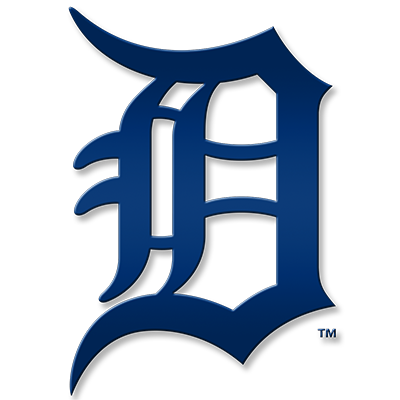 Detroit: Victor Reyes, OF, from Arizona.
Detroit: Victor Reyes, OF, from Arizona.
Born: October 5, 1994. Acquired: Via trade from Atlanta on April 16, 2015, for a supplemental pick in the 2015 MLB First-Year Player Draft. Originally signed as a J2 international free agent (Venezuela) on July 2, 2011 (ATL).
2017 Statistics: .292 with four home runs, 51 RBIs and 18 stolen bases in 126 games at Jackson (Double-A).
Summary: One of the Diamondbacks’ top prospects, ranked by Baseball America at No. 23 heading into the 2017 season, Reyes is a true center fielder who’s posted double figures in stolen bases in each of his four full seasons played. The switch-hitter makes good contact and has posted a .298/.347/.379 slash over his career. In 2016 at Visalia (High A) he hit .303 with six home runs, 54 RBIs and 20 steals.
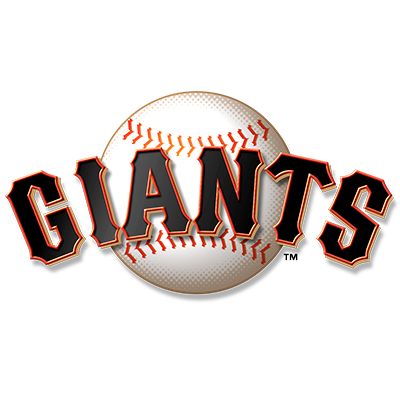 San Francisco: Julian Fernandez, RHP, from Colorado.
San Francisco: Julian Fernandez, RHP, from Colorado.
Born: December 5, 1995. Acquired: Signed as an international free agent (Dominican Republic) on July 2, 2012 (STL).
2017 Statistics: 1-2 with a 3.26 ERA in 51 games out of the bullpen striking out 57 while walking 18 and allowing 54 hits in 58 innings at Asheville (Class A).
Summary: Fernandez was plucked away from the Rockies’ system after just his first full-season campaign which he played at age 21 in Asheville. After spending his first three pro summers in the Rockies’ Dominican Summer League mix, he first came stateside for a handful of games at Grand Junction (Rookie) at the end of 2015. In 2016 at Boise (Short-Season A) he posted a 1.17 ERA in 21 games, striking out 19 while walking 20 and allowing 13 hits in 23 innings.
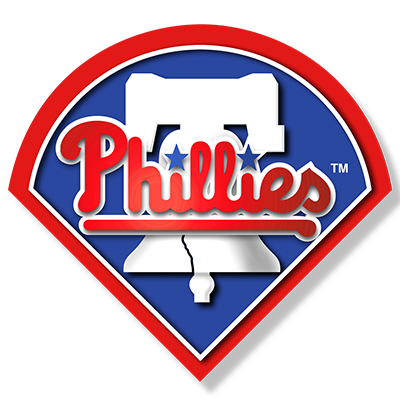 Philadelphia: Nick Burdi, RHP, from Minnesota.
Philadelphia: Nick Burdi, RHP, from Minnesota.
(Note: Burdi was immediately traded to Pittsburgh for $500,000 in international bonus pool money.)
Born: January 19, 1993. Acquired: Drafted in the second round of the 2014 MLB First-Year Player Draft (MIN).
2017 Statistics: Was 2-0 with an 0.53 ERA in 17 innings over 14 games, striking out 20 while walking four and allowing nine hits and a .161 BAA at Chattanooga (Double-A).
Summary: Burdi had been projected by some Rule 5 prognosticators as the possible first overall pick. A very highly-regarded closer prospect with the Phillies, he underwent Tommy John surgery in the late spring of 2017 and will not pitch until the end of the 2018 season at best. That was not unexpected after he saw just three games in 2016 due to a bone bruise in his elbow. However, his huge post-TJ upside potential made him the kind of available player that some teams will be happy to take a chance on, stash while he rehabs, and hope for a great payoff later on down the road. The older brother of Zack Burdi (RHP, White Sox), a 2016 first-rounder, Burdi has been clocked in triple digits when healthy, and brings a double-plus slider to the mix. Those two pitches are enough to rank a healthy Burdi among the top closer prospects in baseball.
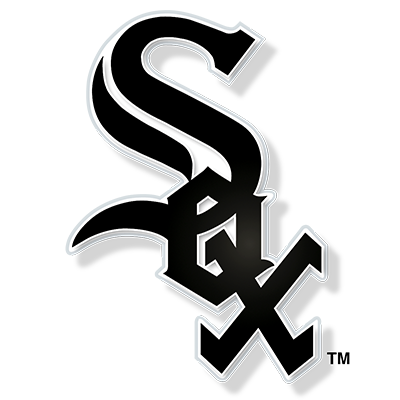 Chicago White Sox: Carlos Tocci, OF, from Philadelphia.
Chicago White Sox: Carlos Tocci, OF, from Philadelphia.
(Note: Tocci was immediately traded to Texas for cash).
Born: August 23, 1995. Acquired: Signed as an international free agent (Venezuela) on August 23, 2011 (PHI).
2017 Statistics: Hit .294 with three home runs, 52 RBIs and four stolen bases split between Reading (Double-A) and Lehigh Valley (Triple-A).
Summary: Tocci came into the 2017 season ranked No. 29 on Baseball America’s top 30 prospects in the Phillies’ system, but he’d been significantly higher for the first few years after being signed. However, he never grew to fill out the “projectable body” label that would give him those potential extra tools. At 6-foot-2 and 180 pounds, he is an excellent defensive center fielder with solid speed on the bases who can hit some line drives. He was also left exposed to the 2016 Rule 5 Draft. Tocci has posted a career .266/.317/.337 slash line, and is still just 22 years old.
 Cincinnati: Brad Keller, RHP, from Arizona.
Cincinnati: Brad Keller, RHP, from Arizona.
(Note: Keller was immediately traded to Kansas City for future considerations).
Born: July 27, 1995. Acquired: Drafted in the eighth round of the 2013 MLB First-Year Player Draft (ARI).
2017 Statistics: Went 10-9 with a 4.68 ERA in 26 starts, allowing 142 hits in 130 2/3 innings while striking out 11 and walking 55, allowing a .269 BAA at Jackson (Double-A).
Summary: Keller enjoyed his best full-season campaign thus far in 2015 when he went 8-9 with a 2.60 ERA in 26 games (25 of them starts) at Kane County (Class A), limiting opposing Midwest League hitters to a .243 BAA. In 2016, he moved up to Visalia (High A) and posted a 9-7 record and 4.47 ERA in 24 starts.
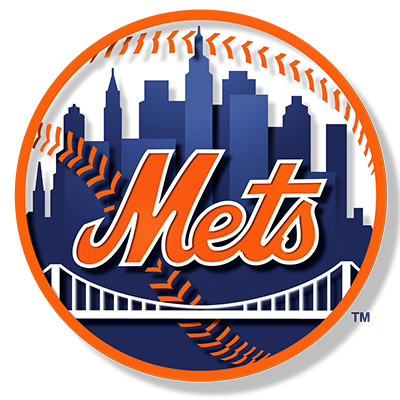 New York Mets: Burch Smith, RHP, from Tampa Bay.
New York Mets: Burch Smith, RHP, from Tampa Bay.
(Note: Smith was immediately traded to Kansas City for future considerations).
Born: April 12, 1990. Acquired: From San Diego via a multi-player three-way deal on December 19, 2014. Originally drafted in the 14th round of the 2011 MLB First-Year Player Draft (SDP).
2017 statistics: Went 5-3 with a 2.40 ERA in 13 games, striking out 56 and walking 12 while allowing 39 hits over 56 1/3 innings, allowing opposing hitters a .198 BAA between the Gulf Coast League (complex), Charlotte (High A) and Durham (Triple-A).
Summary: One of the “elder statesmen” in the Rule 5 Draft this year at 27 years old, Smith is also one of a handful of draftees to already have some major league time under his belt. Originally drafted by the Padres, he made his big league debut with them on May 11, 2013, going 1-3 with a 6.44 ERA in 10 games with the Padres, seven of them starts. Smith suffered an elbow injury early in the 2014 season and pitched in only two games. Dealt to the Rays in December of 2014 in a three-way deal with the Nationals (names in that trade also included Rene Rivera, Wil Myers, Ryan Hanigan, Joe Ross, Steven Souza and Trea Turner), Smith missed all of 2015 and 2016 as he recovered from Tommy John surgery.
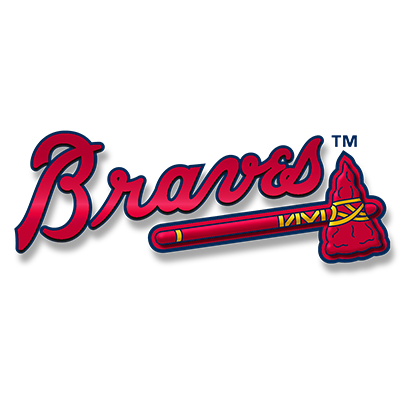 Atlanta: Anyelo Gomez, RHP, from the New York Yankees.
Atlanta: Anyelo Gomez, RHP, from the New York Yankees.
Born: March 1, 1993. Acquired: Signed as an international free agent (Dominican Republic) on November 20, 2012.
2017 Statistics: Combined to go 5-3 with a 1.92 ERA in 38 games, striking out 87 and walking 21 while allowing 51 hits in 70 1/3 innings, and combined .199 BAA between Charleston (Class A), Tampa (High A), Trenton (Double-A) and Scranton/Wilkes-Barre (Triple-A).
Summary: Gomez ran the gamut of all four of the Yankees’ full-season farm clubs this season, performing well at all four stops. In 2016, between Staten Island (Short-Season A) and Charleston (Class A), he had combined to go 6-4 with a 4.18 ERA in 27 games, mixed between relief and starting, and 97 innings of work. He made his stateside debut in 2015 when he combined for a 2.41 ERA in six starts over 18 2/3 innings with brief stopovers in the Gulf Coast League (complex), Charleston and Tampa.
BONUS SCOOP! 2080 Baseball’s Mark Shreve had the opportunity to scout Gomez multiple times this past season and here’s his off-season take: “He had an impressive 2017 campaign that ended on a high note at Double-A Trenton, and was a sleeper pick for me to be a relief arm sometime in 2018 for the Bombers, though innings would have been hard to find given their loaded bullpen. He’s comparable to Edgar Santana (RHP, Pirates), in that once he found the zone consistently and gained confidence in his ability to generate swing-and-miss with the fastball-slider combo, you could see the confidence growing with each appearance late into the 2017 season. He also throws an occasional hard, fringy changeup with just enough of a deceptive arm action and late drop to play well off the fastball.”
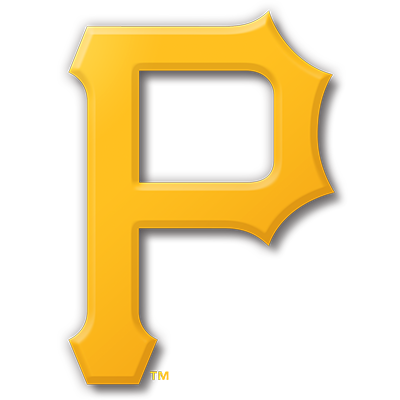 Pittsburgh: Jordan Mibrath, RHP, from Cleveland.
Pittsburgh: Jordan Mibrath, RHP, from Cleveland.
Born: August 1, 1991. Acquired: Drafted in the 35th round of the 2013 MLB First-Year Player Draft (CLE).
2017 Statistics: Combined to go 5-3 with a 3.02 ERA in 20 games of relief between Lynchburg (High A) and Akron (Double-A), striking out 63 while walking 25 and allowing 48 hits in 56 2/3 innings, limiting opposing hitters to a .230 BAA.
Summary: The split season between Lynchburg and Akron was the same split that Milbrath made in 2016 when he combined to go 4-5 with a 5.23 ERA in 42 games, striking out 65 and walking 37 in 62 innings while allowing 60 hits. Prior to that, he’d been a starter at Lake County (Class A) in 2014 and 2015, with mixed results.
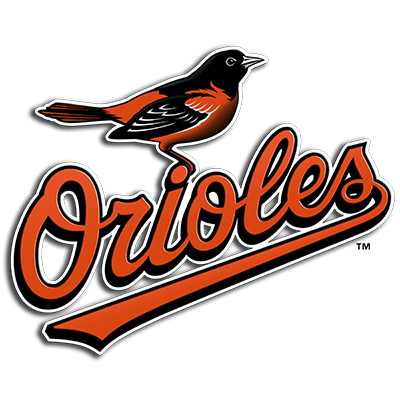 Baltimore: Nestor Cortes, LHP, from the New York Yankees.
Baltimore: Nestor Cortes, LHP, from the New York Yankees.
Born: December 10, 1994. Acquired: Drafted in the 36th round of the 2013 MLB First-Year Player Draft (NYY).
2017 Statistics: Combined to go 7-4 with a 2.06 ERA in 30 games, 13 of them starts, between Tampa (High A), Trenton (Double-A) and Scranton/Wilkes-Barre (Triple-A), striking out 105 while walking 32 in 104 2/3 innings, allowing 81 hits and a .211 BAA.
Summary: While Cortes will not overpower hitters with a blazing fastball, instead averaging just around 90 mph, his deceptiveness and ability to change speeds has made him an enigma to opposing hitters, and his results were just as effective as the upper levels as the lower ones, posting a 1.49 ERA in 11 games, six of them starts, at Triple-A. In 2016, he cruised through all four full-season levels for the Yankees, combining to go 11-4 with a 1.53 ERA in 21 games, 12 of them starts, at Charleston (Class A), Tampa (High A), Trenton and Scranton/Wilkes-Barre, striking out 115 while walking just 24 and allowing 61 hits in 106 innings, while limiting batters to a .167 BAA. For his MiLB career, he’s posted a 2.08 career ERA and a .211 BAA.
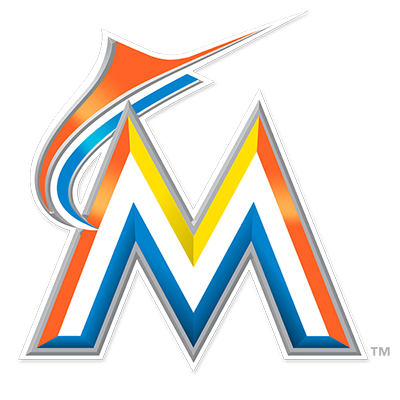 Miami: Elieser Hernandez, RHP, from Houston.
Miami: Elieser Hernandez, RHP, from Houston.
Born: May 3, 1995. Acquired: Signed as an international free agent (Venezuela)on November 15, 2011 (HOU).
2017 Statistics: Went 5-5 with a 3.68 ERA in 18 games, 13 of them starts, between the Gulf Coast League complex club and Buies Creek (High A), striking out 88 and walking 22 in 73 1/3 innings, allowing 61 hits and a .228 BAA.
Summary: Hernandez never rose above A-ball in his six years pitching in the Astros’ farm system, topping out at High A (Lancaster in 2016 and Buies Creek, the Astros’ new High A club, in the Carolina League), but overall has combined for a 3.32 ERA. After the Venezuelan-born Hernandez spent his first two pro seasons in the Dominican Summer League, where he posted a 1.26 ERA in 13 games, 12 of them starts, in 2013 with a .184 BAA, he came stateside and pitched in the Rookie Gulf Coast And Appalachian Leagues in 2014, combining for a 2.17 ERA and .199 BAA. At Tri-City (Short-Season A) and Quad Cities (Class A) in 2015, he combined for a 3.12 ERA, and he finally enjoyed a full season split in 2016, combining for a 4.51 ERA between Quad Cities and Lancaster.
 Seattle: Mike Ford, 1B/DH, from the New York Yankees.
Seattle: Mike Ford, 1B/DH, from the New York Yankees.
Born: July 4, 1992. Acquired: Signed as a non-drafted free agent out of Princeton University on July 17, 2013 (NYY).
2017 Statistics: Hit a combined .270 with 20 home runs and 86 RBIs between Trenton (Double-A) and Scranton/Wilkes-Barre (Triple-A), with a .404 OBP and .474 SLG, drawing 94 walks while fanning just 72 times in 126 games.
Summery: This marked the first season that the Ivy Leaguer from New Jersey reached the 20 home run mark. He’s posted a career .272/.380/.433 slash line.
BONUS SCOOP! 2080 Baseball’s Mark Shreve had the opportunity to evaluate Ford over dozens of games since 2016 at Trenton, and here’s his take: “Ford has pretty much proven everything he needs to in the minors, and is ready for a shot in the big leagues. Mariners fans should be encouraged by this pick. Ford has some sneaky athleticism at first base, and he has the ability to hold the position as a Role 45 second-division regular while also being a capable DH. He has a mature approach at the plate and will wait for a good pitch to drive, and shows the patience to draw plenty of free passes. He can also drive the ball into both gaps, though his over-the-fence pop is decidedly pull-oriented.”
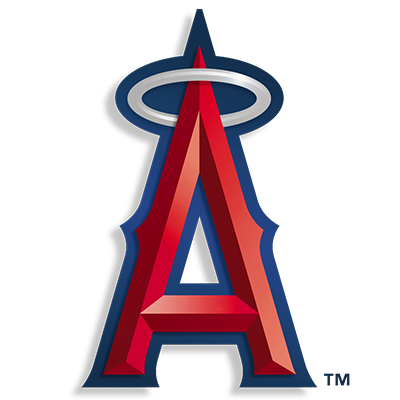 Los Angeles Angels of Anaheim: Luke Bard, RHP, from Minnesota.
Los Angeles Angels of Anaheim: Luke Bard, RHP, from Minnesota.
Born: November 13, 1990. Acquired: Drafted in the supplemental first round of the 2012 MLB First-Year Player Draft (MIN).
2017 Statistics: Combined to go 4-3 with a 2.76 ERA in 41 games between Chattanooga (Double-A) and Rochester (Triple-A), striking out 99 while walking 24 in 65 1/3 innings.
Summary: The younger brother of former first-rounder and major league pitcher Daniel Bard (RHP, Mets) has power stuff which helped him go high in the draft, and has put up good numbers when healthy. He missed all of 2014 following shoulder surgery. Between his 2017 stops at Chattanooga and Rochester, Bard combined for a 13.6 SO/9 rate. In his career, he’s gone 15-5 with a 3.07 ERA, striking out 219 in 202 innings, while walking 83 batters.
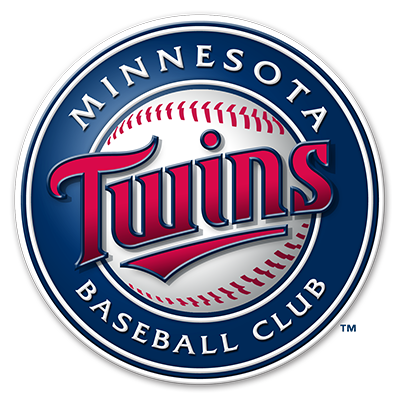 Minnesota: Tyler Kinley, RHP, from Miami.
Minnesota: Tyler Kinley, RHP, from Miami.
Born: January 31, 1991. Acquired: Drafted in the 16th round of the 2013 MLB First-Year Player Draft (MIA).
2017 Statistics: Combined to go 2-3 with a 3.54 ERA and 17 saves in 50 games between Jupiter (High A) and Jacksonville (Double-A), striking out 72 while walking 22 in 53 1/3 innings, allowing 43 hits and a .215 BAA.
Summary: The owner of possibly the most “presidential” sounding name in the Rule 5, Tyler Harrison Kinley (throw in a Mc and you’re golden) brings a career 9-12 record and 3.83 ERA in 162 games with him to Minnesota, having struck out 212 batters in 204 1/3 innings and walking 80 while allowing 183 hits for a .237 BAA.
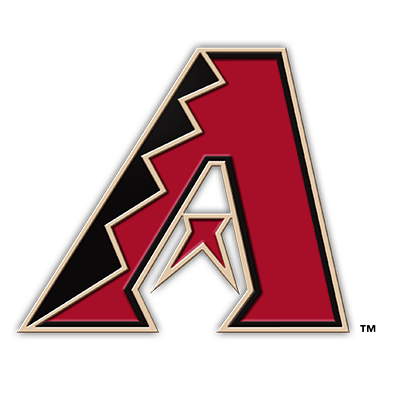 Arizona: Albert Suarez, RHP, from San Francisco.
Arizona: Albert Suarez, RHP, from San Francisco.
Born: October 8, 1989. Acquired: Signed as a minor league free agent on November 18, 2015. Originally signed as a J2 international free agent (Venezuela) on July 2, 2006 (TAM). Signed by as a minor league free agent on November 24, 2014 (LAA).
2017 Statistics: Went 0-3 with a 5.12 ERA in 18 games with San Francisco, striking out 34 and walking 11 while allowing 28 hits in 31 2/3 innings and limiting opposing players to a .230 BAA. Combined between the Rookie Arizona League club, San Jose (High A) and Sacramento (Triple-A) to go 0-1 with a 4.61 ERA in six starts.
Summary: Another Rule 5 pick with some major league time under his belt, the well-traveled Suarez made his big league debut on May 8, 2016 with the Giants and returned to the city by the bay in 2017 as well. During his brief stint with the Angels, he posted a 2.98 ERA in 27 games, all starts, at Arkansas (Double-A).
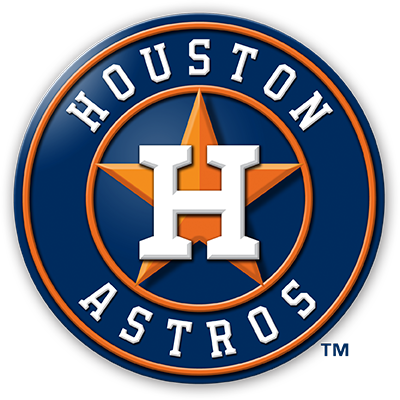 Houston: Anthony Gose, LHP, from Texas.
Houston: Anthony Gose, LHP, from Texas.
Born: August 10, 1990. Acquired: Signed as a minor league free agent on December 4, 2017 (TEX). Originally drafted in the second round of the 2008 MLB First-Year Player Draft (PHI). Traded to Toronto in a three-team deal on July 29, 2010. Traded once again to Detroit on November 13, 2014.
2017 Statistics: 0-2 with a 7.59 ERA in 11 games at Lakeland (High A), striking out 14 while walking six in 10 2/3 innings, giving up seven hits and limiting hitters to a .189 BAA.
Summary: Click here for my feature on Gose!
ROUND 2:
 Baltimore: Pedro Araujo, RHP, from the Chicago Cubs.
Baltimore: Pedro Araujo, RHP, from the Chicago Cubs.
Born: July 2, 1993. Acquired: Signed as an international free agent (Dominican Republic) on May 2, 2011 (CHC).
2017 statistics: Went 6-1 with a 1.76 ERA in 45 games between Myrtle Beach (High A) and Tennessee (Double-A), collecting 10 saves and striking out 87 while walking 18 and giving up 43 hits over 66 2/3 innings, limiting opposing hitters to a .176 BAA.
Summary: Araujo spent the first three-plus years of his career pitching in the Dominican Summer League before coming stateside to join the Cubs’ Rookie Arizona League club down the 2014 stretch. In 2015, he moved up to pitch at Eugene (Short-Season A), posted a 2.68 ERA in 50 1/3 innings there before splitting 2016 between Myrtle Beach and South Bend (Class A). Struggling with some control issues after that jump from short-season ball to High A, Araujo took a step back to make a great leap forward as he conquered the command in the step down to the Midwest League. With a fastball in the low 90s and a plus breaking ball, he has combined for a career 26-9 record and 2.63 ERA in 145 games (22 of them starts), striking out 394 while walking 105 in 341 2/3 innings and allowing 269 hits for a .213 BAA. He could be a sleeper to watch in 2018.
 Miami: Brett Graves, RHP from Oakland.
Miami: Brett Graves, RHP from Oakland.
Born: January 30, 1993. Acquired: Drafted in the third round of the 2014 MLB First-Year Player Draft (OAK).
2017 Statistics: Combined to go 1-1 with a 4.47 ERA in 14 games between Stockton (High A) and Midland (Double-A), fanning 57 and walking 13 in 56 1/3 innings while giving up 66 hits.
Summary: Despite his solid draft position out of Mizzou, Graves was left unprotected in his first year of Rule 5 eligibility, and the Miami wasted no time in taking a gamble on him. In 2016 he went 7-10 with a 4.60 ERA in 27 starts at Stockton (High A) after having gone 12-8 with a 5.36 ERA in 28 starts at Beloit (Class A) in 2015, his first full season.
ROUND 3:
 Baltimore: Jose Mesa Jr., RHP, from the New York Yankees.
Baltimore: Jose Mesa Jr., RHP, from the New York Yankees.
Born: August 13, 1993. Acquired: Drafted in the 24th round of the 2012 MLB First-Year Player Draft (NYY).
2017 Statistics: Combined to go 5-1 with a 1.93 ERA in 29 games, eight of them starts, between Tampa (High A) and Trenton (Double-A), striking out 101 while walking 32 in 84 innings, allowing 48 hits and posting a .166 BAA.
Summary: Mesa, whose big league bloodlines are pretty evident from his name, tossed a pair of no-hitters in high school to help attract even more scouts’ attention. Coming off of a fabulous 2017 campaign, his career numbers are impressive as well, with a 12-4 record, 2.86 ERA in 78 games, and 226 strikeouts in 176 innings, walking 85 and allowing just 118 hits for a career .188 BAA.
BONUS SCOOP! 2080 Baseball’s Mark Shreve wrote up Mesa after evaluating three views late in the 2017 season and here’s his take: “He has a Jordan Montgomery (LHP, Yankees) type of upside as a back-end piece of a rotation with a solid four-pitch mix, but he could also thrive out of the pen in a middle-relief role for the Orioles. He showed the Yanks his durability and improving control in the second half of 2017, with six of his last seven appearances being impressive as a starter (33 IP, 14 H, 2 ER, 0 HR, 33 K, 16 BB). His season’s BB/9 of 3.4 is fringy, but he keeps the ball in the park, and should have solid upside for the O’s, with the previously high-risk health profile diminishing quickly as continues to prove his durability.”
* * * * *
In the minor league phase, 43 more players can pack their bags for a new spring training facility.

